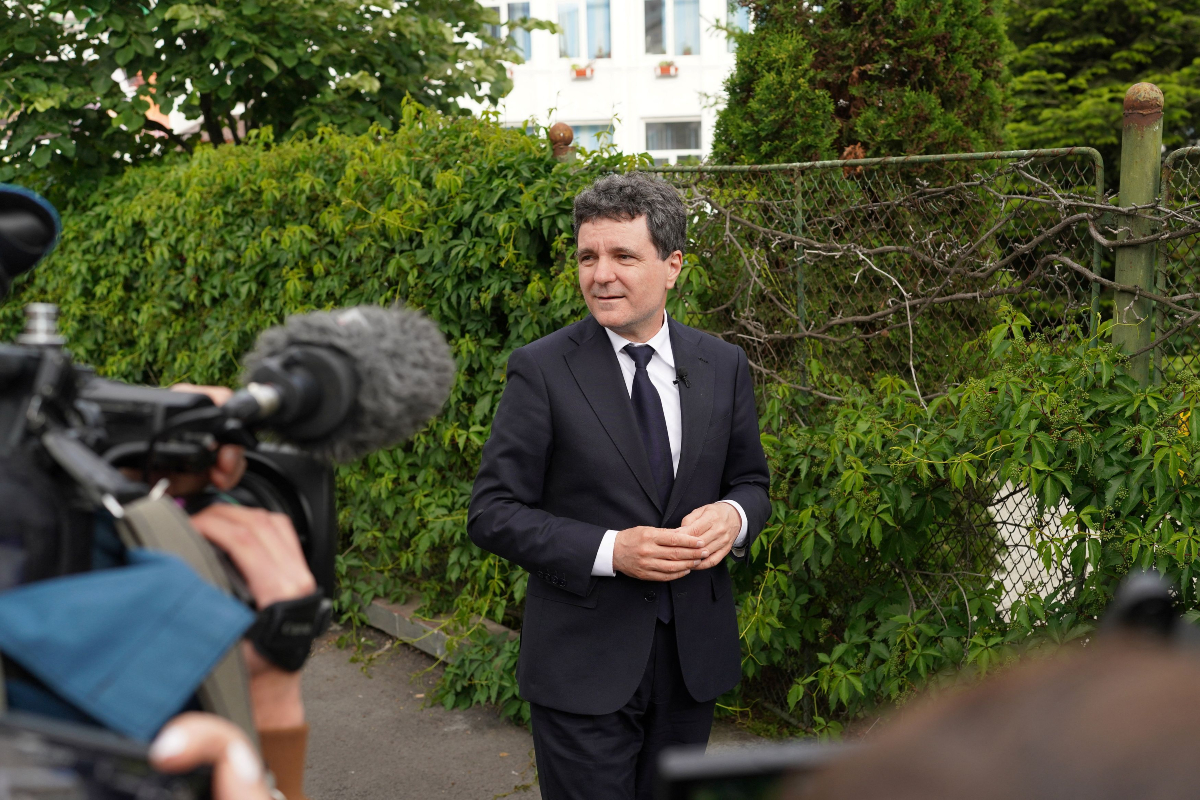Homebuying 101: What You Might Be Misunderstanding About Down Payments
Another reason many suggest that you put 20% down on a home is that it’s likely to prevent you from being “upside down” on your loan, or owing more than the home is worth. If you put down 5% and your home value falls 10%, for example, the value of your home will be less than the size of your mortgage. However, if you put down 20% instead, you’ll still have equity in your home, which is a much better long-term financial plan.
What Are the Cons of Putting 20% Down?
Although putting 20% down on a home is considered to be a conservative option, there are some potential drawbacks as well. The first is that it can take quite a long time to save enough for a 20% down payment. If you’re looking at a $400,000 home, for example, you’ll need to save $80,000 just for the down payment.
Depending on your income and saving habits, this could take years. If you only put 5% down instead, you’d only have to come up with $20,000. This could move you into a home sooner, getting you away from renting and potentially benefiting from home price appreciation years earlier.
Another drawback of putting up so much money is that it’s essentially “lost” to you. Although your down payment will become equity in your home, actually using that money is difficult. To draw it back out, you’ll either have to sell your home, take out some type of home equity loan or line of credit or pull cash out through refinancing.
All of these options take time, and some may reduce or damage the equity in your home. If you instead put a smaller amount of money down, you can use that excess money for other investments, such as the stock market, while still owning a home.
Final Take To GO: What Should You Do?
The first thing you should realize is that there is no “wrong” answer when it comes to how much you put down on your house. Each person’s financial situation and goals are different, so the decision you make should be the best for you — not some hypothetical homebuyer.
Ideally, if you can put down 20%, it’s the most conservative option and avoids PMI. But you don’t need to put down 20%, and in some cases, it may be better financially if you don’t. It’s always a good idea to consult with a financial advisor to help you determine the best options for you and your new home.
John Csiszar contributed to the reporting for this story.
More From GOBankingRates
-
Here's How Much Cars Made in the US Cost Compared to Mexico, Canada and China
-
4 Grocery Items To Buy Now Before Tariffs Raise Prices This Summer
-
3 Reasons Retired Boomers Shouldn't Give Their Kids a Living Inheritance
This article originally appeared on GOBankingRates.com: Homebuying 101: What You Might Be Misunderstanding About Down Payments
Content Original Link:
" target="_blank">

















